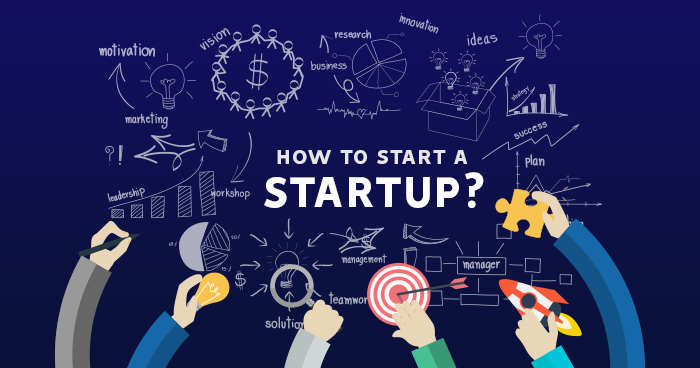Do you have an idea for a new start-up? How easy or difficult do you think it is to convert this idea into a business, especially if this is your first venture? You will most likely find things intimidating!
The good news is you don’t need a business degree or investors to get started. What you do need is a clear path from idea to action. In this guide, you’ll learn a step-by-step approach to launching your first startup—even if you’re starting from scratch.
Step 1: Validate Your Idea Before You Build
Before writing a single line of code or ordering inventory, you need to make sure people actually want what you’re planning to sell.
How to Validate:
- Talk to potential customers: Ask questions, not just opinions. What are their biggest pain points?
- Create a simple landing page: Use tools like Carrd, Linktree, or WordPress to explain your concept and capture emails.
- Use surveys and polls: Platforms like Typeform or Google Forms can help you collect feedback fast.
- Check demand on forums and groups: Explore Reddit, Quora, or niche Facebook groups to see if people are talking about your problem.
Pro tip: If 10 strangers say they’d pay for your idea, you’re on the right track.
Step 2: Define a Lean MVP (Minimum Viable Product)
Your MVP is the simplest version of your product that solves the core problem. You don’t need all the features—just enough to deliver value.
Examples:
- SaaS? → Build a no-code prototype using Bubble or Glide.
- Product? → Launch with 1–2 variations, not 10.
- Course? → Start with a single module or workshop.
Focus on speed and feedback. The goal is to launch something real without wasting months of time or money.
Step 3: Set Up the Business Foundation
Now that your idea has legs, it’s time to set up the essentials to make your startup legit.
Checklist:
- Choose a business name and secure your domain.
- Register your business (LLC, sole proprietorship, etc.).
- Open a separate business bank account.
- Use a basic accounting tool (like Wave or QuickBooks).
- Get any required permits or licenses (depends on your niche).
This foundation builds credibility and legal protection.
Step 4: Attract Your First Customers (Without Ads)
You don’t need a huge ad budget to land your first customers. Focus on organic and guerrilla marketing techniques to gain traction.
Strategies:
- Post content on social media where your audience already is.
- Join online communities (Reddit, Discord, Facebook) and offer help.
- Reach out personally to early adopters via DMs or email.
- Launch on Product Hunt or Indie Hackers if you’re tech-oriented.
- Offer a pre-sale or early bird discount to incentivize early buyers.
Remember: Your first 10–50 customers are often found through personal outreach, not paid ads.
Step 5: Collect Feedback and Iterate Quickly
Once you get users in the door, it’s time to learn and adjust. Your first version won’t be perfect—and that’s totally fine.
Ask:
- What confused you?
- What did you love?
- What’s missing?
Use tools like:
- Google Forms or Typeform (surveys)
- Hotjar (see where users click)
- Intercom or Crisp (in-app support chats)
Iterate based on real feedback—not assumptions. This process builds customer loyalty and sharpens your product faster.
Step 6: Build Momentum and Plan for Scale
Once you’ve validated your MVP and found a small group of happy customers, it’s time to think about scale.
Key focus areas:
- Set up automated systems (email sequences, onboarding)
- Track metrics (conversion rates, churn, retention)
- Reinvest profits into growth (ads, content, upgrades)
- Start building a team or outsourcing what you can
Scaling isn’t just about growing fast—it’s about growing smart.
Final Thoughts: Start Now, Learn As You Go
Launching your first startup doesn’t require perfection. It requires courage, consistency, and continuous learning.
- Validate fast
- Launch lean
- Iterate often
- Stay close to your customers
Remember: Every great business started as a small idea—and yours might be next.

